MAXWELL PLUGIN AND SKETCHUP FOR INTERIORS
-
I think that this is a topic that has been beaten to death on this forum. Ive read many pages of comments regarding the ability/inability to render lit interiors in the Maxwell free plug-in.
I do television set design work, which is mostly interiors. Ive done a lot of experimenting with settings for getting things evenly lit and eliminating roughness from the textures, but things still come out grainy and dark. Based on some other things ive read on here, Ive increased fstop to get brighter images as well as kicked up the sun intensity or switched to Physical sky settings..the results continue to frustrate me...and then there is render time..which on TV schedule can be a little unforgiving.
Is there a tutorial or settings forum that I havent seen that might more clearly explain the basics of how to approach this? Will purchasing the licensed plug-in help this, or am I just using the wrong software for my application?
Any help is appreciated.
LB
-
In general Jason's tutorials are the defacto learning resource but I'm not sure there's any one video in which he completely tackles your specific question.
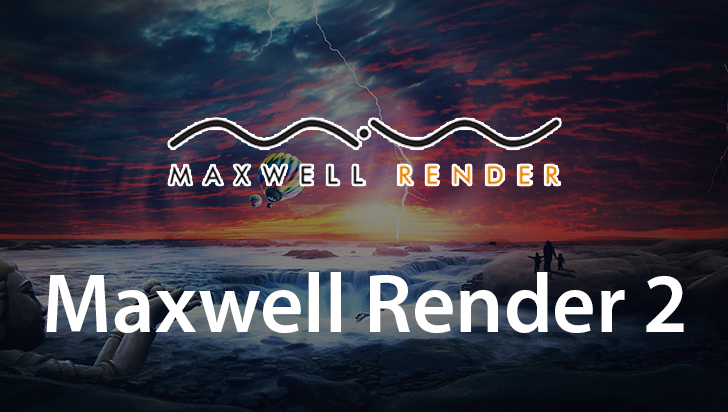
Maxwell Render 2 Training Videos
This VTC online course on Maxwell Render 2 is designed to get you up & running with Maxwell Render quickly & effectively. Sign-up today to learn more.
vtc (www.vtc.com)
There's also the Maxwell resources tutorials which again deal a bit more generally with the issues.
http://support.nextlimit.com/display/tuts/Home/
The key to understanding Maxwell is understanding that it does not cheat - at all. The upside is the reality you can achieve. However, it can be frustrating at times. You've probably seen plenty of beautiful Maxwell interiors so obviously it's not a limitation in the software. So as you're solving issues like this you want to think of it as if you've just taken a photo of a room which turned out to be too dark. What could it be that caused this? In broad strokes it's either going to be a lack of light in the room or camera settings. If you're taking a photo of a room with the lights off it'll be really difficult to get a good picture, likewise if there's only 1 light source or all of your lights are really dim. Alternatively if your camera is set with an EV of 13 or 14 you'll end up with similar issues as it should be closer to 7ish.
There are more technical rendering quarks as well. If your scene is not to scale it could cause issues. If all of your lighting is being bounced off of reflective surfaces it could take forever for the lighting calculations to resolve, etc.
If you post some images of what you've got it would be easier to tell what may be going on - or even posting a MXS file.
As to your other question, it's hard to say whether or not Maxwell is right for you. I really like the software but admittedly it's not for everyone. I think the most fundamental questions come down to where you fall on the scales of needing photorealistic results, how much time you have to learn a software, and how much time you have for individual projects. Maxwell can produce highly photorealistic images with a fairly small learning curve but renderings take longer to resolve. Vray (or similar software) CAN produce photorealistic results but only after a steep learning curve and the renderings won't take as long.
-Brodie
-
Brodie
Thanks for your reply. Ive been doing a lot of test runs in my downtime, its all very interesting, but frustrating. Here is what I have so far, realize that I dont really know what Im doing. Im trying to get the best results possible, as quickly as possible...I do understand photography to some level, so I appreciate your analogy..they should put that on the side of the box..
Here is my last render. THis is an interior with a ceiling..no lights, as Im using the free version and havent figured out emitters yet. My settings are SL15, Fstop 49, Sun inensity at 10. Took about 60 minutes to render
Im also including the same, with a little more detail added, model rendered in Shaderlight trial with a couple of lights I added incredibly easily..
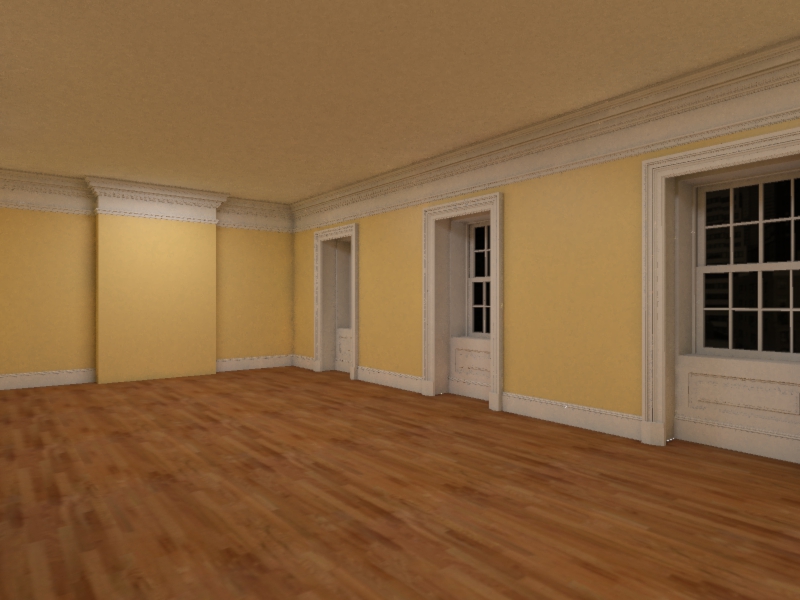
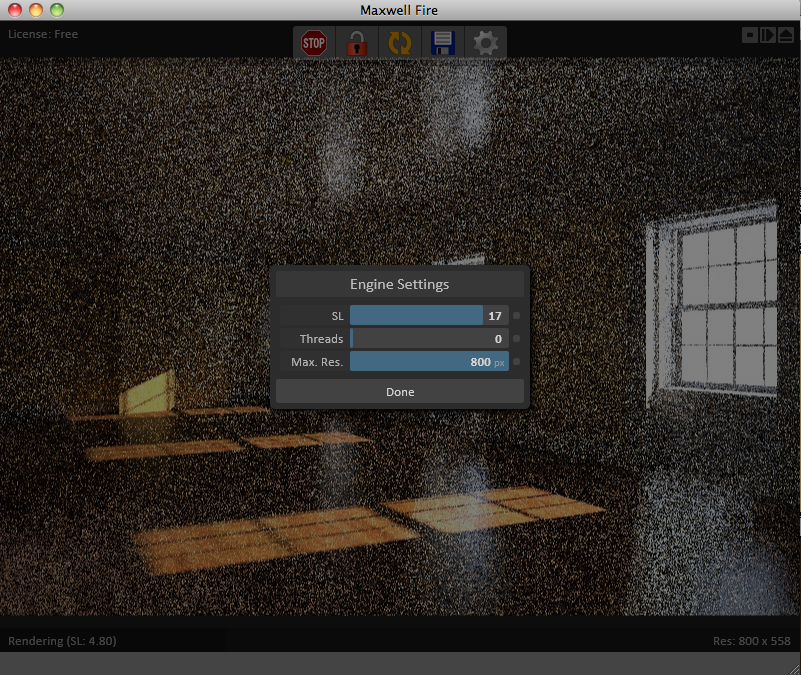
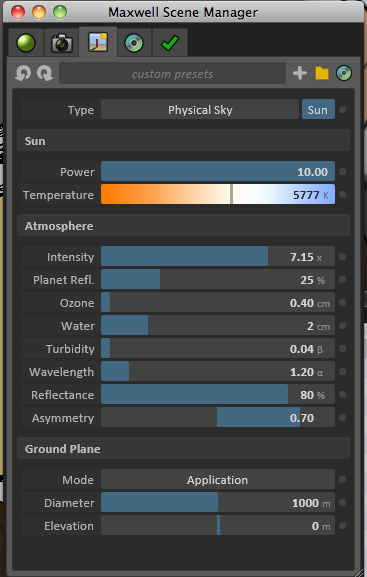
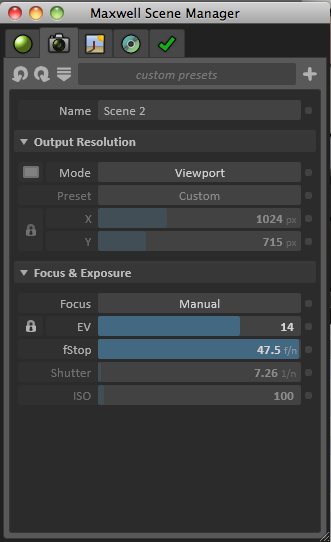
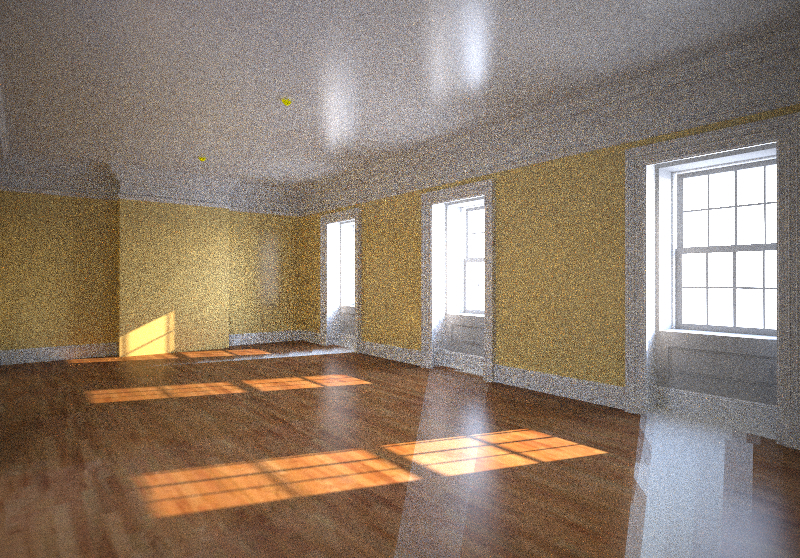
-
Maxwell's motto is something like "It's as easy as taking a photo." It's quite true, but the unspoken caveat is that, as you probably know, taking a GOOD photo isn't easy at all. And if you gave an amateur photographer the ability to completely adjust not only every camera parameter but also every ENVIRONMENTAL and lighting parameter? Things could get crazy fast.
Well I've got a few suggestions.
-
Put the environment setting back to default. I almost never change them and when I do my changes are quite minor. You always want to start with the most realistic parameters you can. By adjusting your sun power to 10 times it's normal brightness and the intensity to 7 times it's normal intensity you're creating a world with a sun which is WAY brighter than it would ever be on earth. That's going to screw up all of your other lighting parameters (you'll have to adjust your camera to be way less sensitive to light - a higher exposure value EV - and your interior lights to be way brighter than normal to balance everything out). Also, Maxwell tends to give more weight to brighter lights. So if you have a super bright light and a bunch of regular lights the regular lights won't become very noticeable until higher SL's. By making your Sun so bright you're insuring that you won't see what it is your interior lights are doing for a longer period of time.
-
Your camera settings aren't typical for an interior scene. Your EV is determined by a combo of your shutter speed, ISO, and f-stop. 9 times out of 10 I don't worry about what the specific shutter, ISO and f-stop values as Maxwell lets you input the EV directly and will adjust the other values to match. Based on my earlier rule you want to find a realistic EV for your scene. Currently you're at 14. If you look at the chart about half way down here http://en.wikipedia.org/wiki/Exposure_value you'll see that this is a common value for an exterior scene. For Home Interiors it should be more like 5-7. This will compensate for bringing your exterior environment to a reasonable level and as long as your interior lights are also realistic.
-
Materials - your glossy materials can take longer to clear up that noise. I think your floor looks good but your walls and ceiling should have a roughness of about 97 probably which will help with the noise. Also make sure that white ceiling isn't whiter than about 230,230,230. White materials take longer to clear up and in the real world no object is really whiter than about 230ish so going higher will mean more noise and less realism. You're better off adjusting the levels a bit in photoshop if you want a more pure white look - same as a photographer would do.
-
Make sure you either don't use glass for the glass panes or use AGS glass. When light passes through real glass the light rays are refracted and the calculations become much more difficult. Lighting a whole room with refracted light means super slow render times.
-
An underlit space will take longer to render. To fill your room with light Maxwell has to bounce the light all over the room for a long time and each bounce adds complexity to the calculations (ie. more noise). If you add some interior lights which will provide a lot more direct light to the scene you should see faster renders.
That should give you a good starting point. Keep in mind that the EV of 5-7 assumes you've got some interior lights on. If you have no interior lights it may be realistic to have a value more in the 4 neighborhood. If you start with that and tweak it a bit you'll be in good shape.
Getting back to what's right for you you'll notice that shaderlight was faster and easier and looks nice and clean. But if you look through the noise you currently have you'll notice that the Maxwell rendering is more realistic. If you're happy enough with shaderlight's output then it or a similar software may serve you quite well. But if you crave the realism Maxwell provides you may find it impossible to achieve with shaderlight.
-Brodie
-
-
Thanks again for your reply. Generally, it seems that I need a little better understanding of the settings and what each of them do. I also took time this afternoon to mess with the IES lights in the new version of Maxwell Plug In (2.6.10) I was pretty impressed with what I could do so quickly..and keeping the SL level down allowed me to keep adjusting to get closer to what I was after.
As I was posting those photos for you earlier, i quickly realized what you said, the realism in the MR images is so much nicer than in Shader light. The only real advantage that I see of shader light, is its ability to render animation frames. I saw in other posts that you were looking for a good solution to this awhile back. Did you ever find one. Im not interested in taking on 3ds Max, so Ive been looking all over the net at the different options. Maxwell appears to be what Im after for the realism, but it doesnt appear that they offer and animation solution for Sketchup.
Any thoughts there?
Thanks again, your reply was very helpful
Cheers
LB -
There is a workaround to create animations from Sketchup. There are plugins which will allow you to create a scene for each frame of a SU animation. When you export that to Maxwell you'll end up with a camera for each of those scenes. JD, the writer of the Maxwell plugin created a script that would make a rendering from each of those cameras essentially allowing SU users to do animations. This, I believe is the correct script if you're interested. http://min.us/mF91PT5wN
However, just because you CAN do something doesn't mean you SHOULD. In practice Maxwell isn't a good software for animations at this point. Even generating low resolution renders can be too slow when you need to render 1000+ of them. I've done it for an exterior animation before, but it's not a great solution.
I never found an ideal solution. I'd planned on going with 3ds Max and Vray but never got a chance to try out many other options and both of those programs have nasty learning curves. However they're the industry standard for a reason (flexibility, speed, customization, capability, etc.). If I were spending my own money, I'd take a good hard look into Modo. I've seen some very nice renderings from it, it seems fairly speedy, and I've heard it fun to model in.
-Brodie
-
Thanks again ....looked at MODO..not completely convinced and the price point is kind of high. I also understand that there are alot of add-ons to pay for in that program..
Anyway, Im interested in the script, but not sure what to do with it when I download it..appears as a .ms file..any idea?
-
Oh, sorry, I forgot you were using the standalone plugin. The script only works with the full version. Sorry about that.
For an inexpensive solution you might look into Podium. You'll sacrifice quality for sure but it's dirt cheap and super easy to use. Make sure to see how it's working with animations though. A year or two back it had some bugs but those are probably worked out. You could also look into kerkythea if it's still around or twilight. Both good renderers that might help you out on the animation front. Kerky was free last I checked and I think twilight was very reasonably priced and had a lot of the same features as maxwell (which may mean it has the same animation limitations but it's worth looking into).
-Brodie
-
One of the companies I work with uses Twilight. It would be my first pick if it were written for MAC. Maxwell seemed like the next best thing to Twilight since I have the platform issue..I could always run Sketchup on my PC, but I do everything on my mac...was trying to avoid that...
-
Aww, gotcha. Yes they do seem to be very similar so I think you're on the right track.
-Brodie
-
In terms of animations, twilight is a good pick as it has decent biased settings that you can use to keep frame rates to a reasonable level. I also use vray for sketchup and have had reasonable success with flythrough animation. The cost may be an issue though if you are looking in the inexpensive range. That said, I've pretty much given up on trying to render animations directly from sketchup. There are just too many roadblocks.
Best of luck.Andy
-
So Andy if you don't render animations direct from sketchup anymore, what do you use?
Thanks
@andybot said:
In terms of animations, twilight is a good pick as it has decent biased settings that you can use to keep frame rates to a reasonable level. I also use vray for sketchup and have had reasonable success with flythrough animation. The cost may be an issue though if you are looking in the inexpensive range. That said, I've pretty much given up on trying to render animations directly from sketchup. There are just too many roadblocks.
Best of luck.Andy
-
I've been (slowly) learning Blender and using vray for blender for rendered animation. I still use sketchup for non-rendered animations as it's quick and easy (and meets probably 90% of my needs.) Also, the keyframe animation plugin works very well for SU, but doesn't render with vray. Plus, it takes a loooong time to render out a whole animation, so it's not something I do very often.
-
Help!!! I totally need help with rendering with maxwell in sketchup ,and see how helpful these forums can be, but I can't even find where can I start my own post, to ask a question
 .
. -
@carlosarchicon said:
Help!!! I totally need help with rendering with maxwell in sketchup ,and see how helpful these forums can be, but I can't even find where can I start my own post, to ask a question
 .
.go to the relevant subforum and click the button that says Post a new Topic
Advertisement







